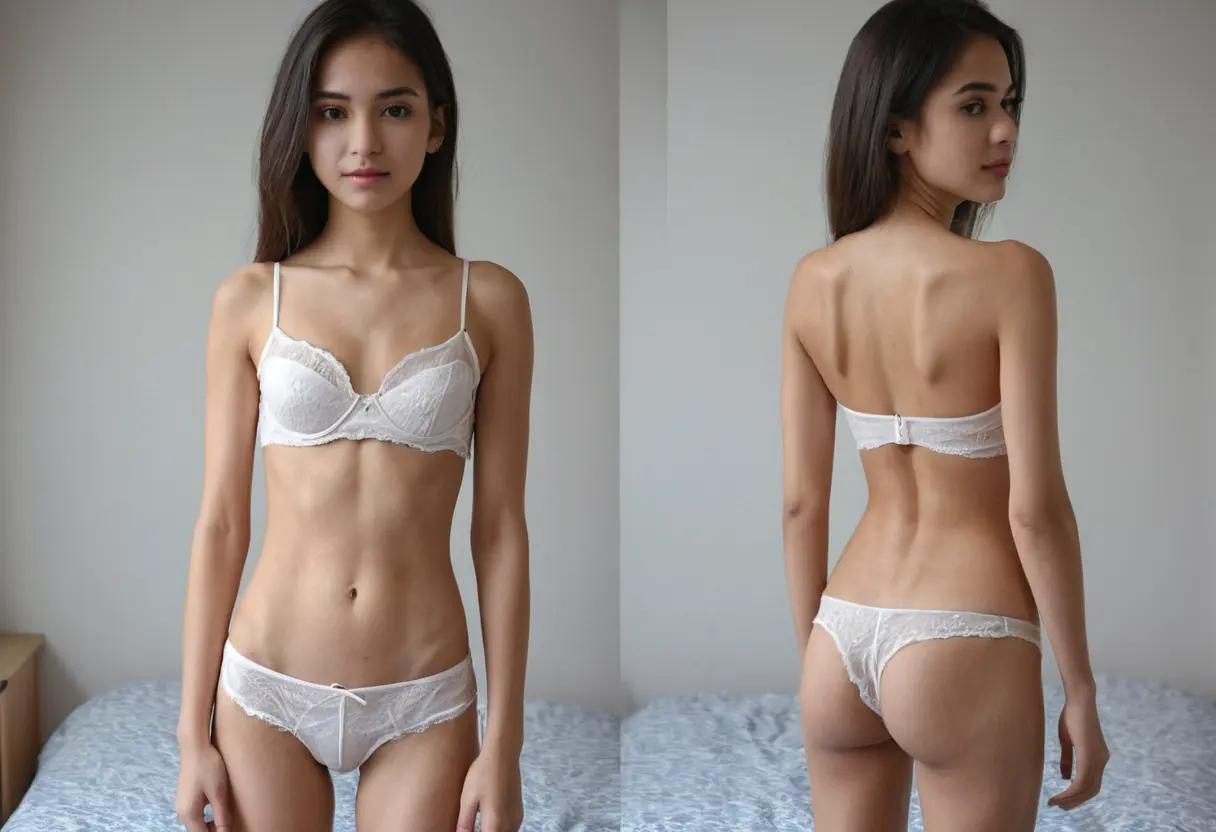
The rise of Artificial Intelligence (AI) generators has transformed many industries, from graphic design to content creation and even entertainment. However, as AI systems advance, there has been increasing attention on their ethical implications, especially concerning their role in creative sectors. One notable example of this is the development of AI tools capable of generating images and artworks based on minimal input. These systems are often referred to as "undressing AI generators" due to their ability to create highly detailed and realistic representations, sometimes even including sensitive or provocative content. This article explores the impact of undressing AI generators on creative industries and the ethical considerations surrounding their use.
Artificial Intelligence has been integrated into various creative sectors over the past few decades. In the early stages, AI was primarily used for routine tasks such as photo editing or content categorization. However, recent advancements in machine learning, particularly in deep learning and neural networks, have led to more sophisticated AI models capable of generating original content. These AI tools can now create everything from artwork and music to entire novels, revolutionizing the way creative industries operate.

The development of undressing AI generators has added a new layer of complexity to this transformation. These AI systems are designed to create hyper-realistic images, often with a focus on human figures, which can sometimes lead to the generation of nude or sexually suggestive content. While such images may serve as an artistic or experimental tool, they have sparked debates about consent, ownership, and the limits of creativity when it comes to AI-generated content.

The impact of undressing AI generators on creative industries is multifaceted. On one hand, these tools offer incredible opportunities for artists, designers, and content creators. They allow for rapid prototyping, experimentation with new ideas, and the ability to generate unique content with minimal effort. However, there are also significant concerns regarding the broader implications for professionals in creative fields.

While the creative potential of undressing AI generators is undeniable, the ethical concerns they raise are equally important. One of the main issues surrounding AI-generated images is the question of consent. Many of these systems learn by scraping vast amounts of data from the internet, which may include sensitive images or materials uploaded without the consent of the individuals depicted. The use of such data raises serious questions about privacy, consent, and exploitation.
Moreover, the potential for AI tools to create explicit or harmful content has led to concerns about the regulation and control of these technologies. Some fear that undressing AI generators could be used maliciously to create deepfakes or exploitative images, thereby contributing to a rise in cyber harassment or the spread of disinformation. As a result, the conversation around AI ethics has become increasingly urgent, with calls for stricter guidelines on the development and use of such technologies.
The legal landscape surrounding AI-generated content, particularly in terms of ownership and copyright, remains unclear. In traditional creative industries, the creator of a work holds the copyright, but with AI-generated works, the situation becomes more complex. Who owns the rights to an artwork created by an AI system? Is it the developer of the AI, the user who provided input, or the AI itself?
In the case of undressing AI generators, where explicit or controversial content is often created, the legal implications are even more complicated. Some jurisdictions may have laws that prohibit the creation and distribution of explicit AI-generated images, while others may struggle to keep pace with rapidly evolving technology. This legal ambiguity poses challenges for both creators and lawmakers, as it is difficult to establish clear guidelines for what is permissible and what is not.
As AI technology continues to advance, it is likely that its role in creative industries will only grow. While undressing AI generators may be controversial, their use could ultimately lead to more responsible and ethical implementations of AI in creative work. The key to ensuring that these technologies have a positive impact lies in striking a balance between innovation and regulation, creativity and ethics.
Moving forward, it will be essential for stakeholders—such as governments, artists, tech developers, and ethicists—to collaborate in establishing frameworks for the responsible development and use of AI in creative fields. These frameworks should address concerns regarding consent, copyright, and the potential for harm, while also promoting the positive aspects of AI technology in art and creativity.
The impact of undressing AI generators on creative industries and ethics is a complex and evolving issue. While these technologies offer new opportunities for innovation and creative exploration, they also raise significant ethical, legal, and societal concerns. As AI continues to shape the future of art and creativity, it is essential that developers, artists, and lawmakers work together to ensure that these tools are used responsibly and in ways that respect the rights and dignity of individuals. By fostering a balanced approach, the creative industries can harness the power of AI while safeguarding against its potential risks.